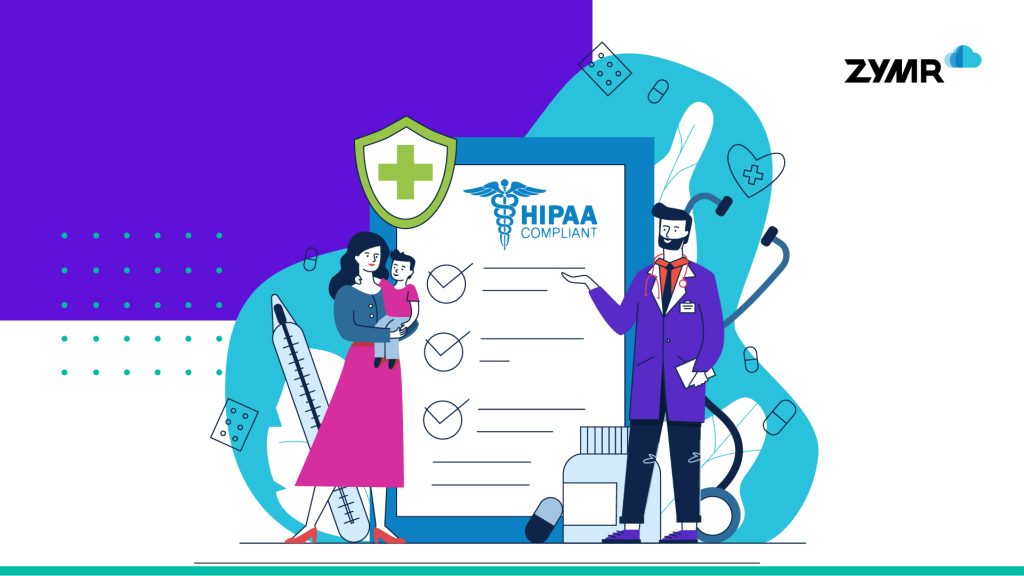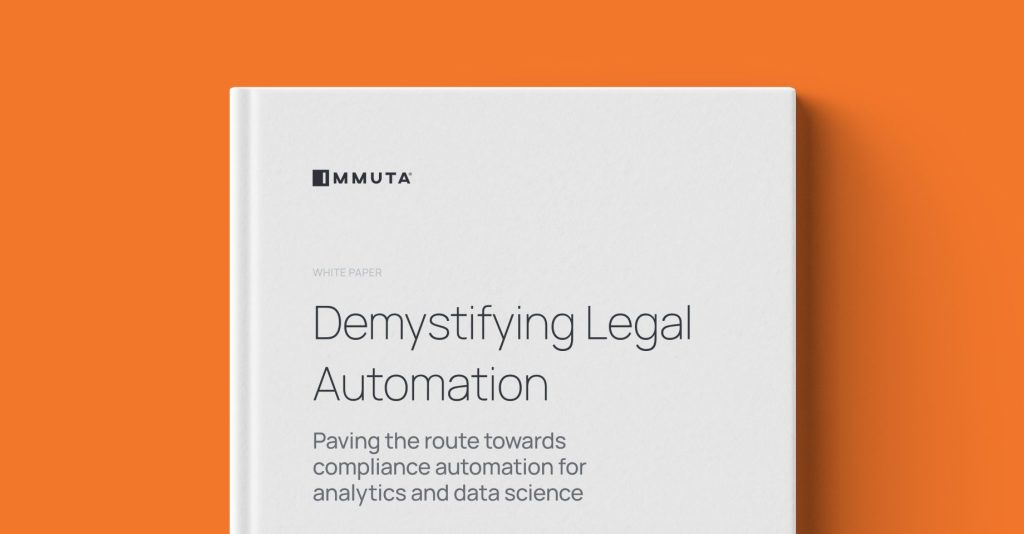Introduction
Cybersecurity has become a critical concern for organizations across various industries. With the increasing frequency and sophistication of cyber threats, governments and regulatory bodies have implemented cybersecurity regulations to ensure the protection of sensitive data and information. Compliance with these regulations is essential for businesses to mitigate risks and maintain the trust of their customers and stakeholders.
Understanding Cybersecurity Regulations
Cybersecurity regulations are laws and guidelines established by governments and regulatory bodies to safeguard sensitive data and protect against cyber threats. These regulations aim to ensure that organizations implement adequate security measures, maintain data privacy, and respond effectively to cyber incidents.
Types of Cybersecurity Regulations
There are several cybersecurity regulations that organizations need to comply with, depending on their industry and geographical location. Some common regulations include:
1. General Data Protection Regulation (GDPR)
GDPR is a regulation implemented by the European Union (EU) to protect the personal data of EU citizens. It requires organizations to obtain explicit consent for data collection, implement robust security measures, and report data breaches within a specified timeframe.
2. Health Insurance Portability and Accountability Act (HIPAA)
HIPAA is a regulation in the United States that focuses on protecting the privacy and security of individuals’ health information. It mandates healthcare organizations to implement safeguards to ensure the confidentiality, integrity, and availability of patient data.
3. Payment Card Industry Data Security Standard (PCI DSS)
PCI DSS is a set of security standards established by major credit card companies to protect cardholder data. It applies to organizations that handle credit card transactions and requires them to implement various security controls to prevent data breaches.
The Role of Compliance Frameworks
Compliance frameworks provide organizations with a structured approach to meet the requirements of cybersecurity regulations. These frameworks offer guidelines, best practices, and controls that organizations can implement to ensure compliance and enhance their cybersecurity posture.
Common Compliance Frameworks
Several compliance frameworks are widely adopted by organizations to align with cybersecurity regulations.
Summary
In this blog post, we will explore the importance of cybersecurity regulations and the compliance frameworks that organizations can adopt to meet these requirements. We will discuss the key regulations that businesses need to be aware of, such as the General Data Protection Regulation (GDPR), the California Consumer Privacy Act (CCPA), and the Payment Card Industry Data Security Standard (PCI DSS).
Furthermore, we will delve into the various compliance frameworks available, including the National Institute of Standards and Technology (NIST) Cybersecurity Framework, ISO 27001, and the Health Insurance Portability and Accountability Act (HIPAA) Security Rule. These frameworks provide organizations with guidelines and best practices to establish robust cybersecurity measures and ensure compliance with the relevant regulations.
Additionally, we will explore the adaptations that organizations may need to make to align their existing cybersecurity practices with the specific requirements of different regulations. This may involve implementing technical controls, conducting regular risk assessments, establishing incident response plans, and training employees on cybersecurity awareness.
By understanding the cybersecurity regulations and adopting appropriate compliance frameworks, organizations can enhance their cybersecurity posture, protect sensitive data, and minimize the potential impact of cyber threats. Compliance not only helps organizations avoid legal an check my reference d financial penalties but also demonstrates their commitment to safeguarding customer information and maintaining a secure digital environment.
- Q: What are cybersecurity regulations?
- A: Cybersecurity regulations are rules and guidelines implemented by governments or industry bodies to protect sensitive information and systems from cyber threats.
- Q: Why are cybersecurity regulations important?
- A: Cybersecurity regulations are important as they help organizations establish a baseline for security measures, ensure compliance with legal requirements, and protect against potential cyber attacks.
- Q: What is a compliance framework?
- A: A compliance framework is a structured set of guidelines and best practices that organizations can follow to ensure they meet the requirements of cybersecurity regulations.
- Q: How can organizations adapt to cybersecurity regulations?
- A: Organizations can adapt to cybersecurity regulations by conducting regular risk assessments, implementing appropriate security controls, training employees on security awareness, and staying updated with the latest regulatory changes.
- Q: What are some common cybersecurity compliance frameworks?
- A: Common cybersecurity compliance frameworks include NIST Cybersecurity Framework, ISO 27001, PCI DSS, HIPAA, and GDPR.
- Q: How can organizations ensure compliance with cybersecurity regulations?
- A: Organizations can ensure compliance with cybersecurity regulations by conducting internal audits, performing vulnerability assessments, documenting security policies and procedures, and engaging in regular compliance monitoring.



